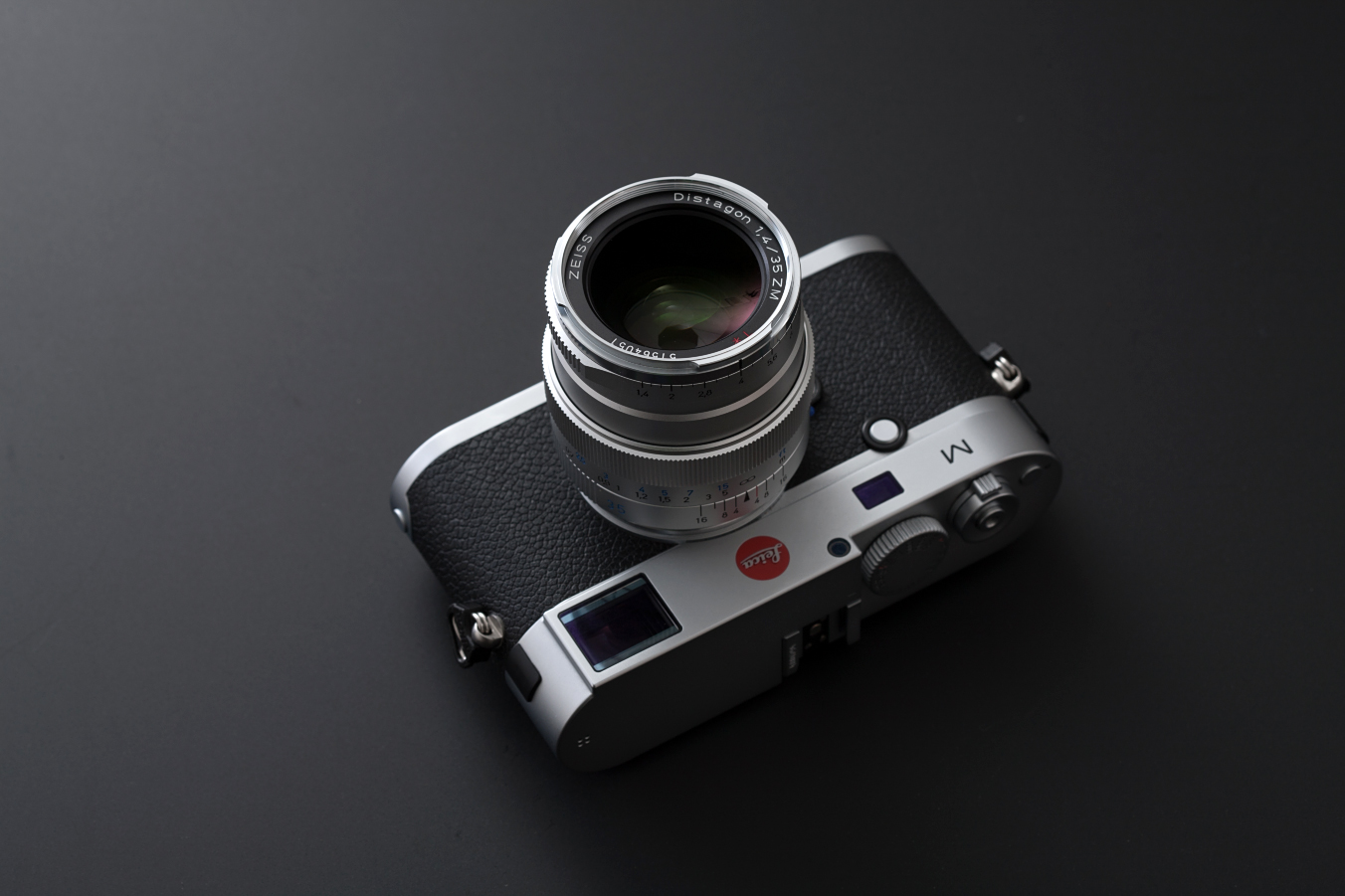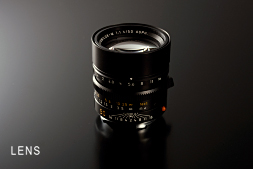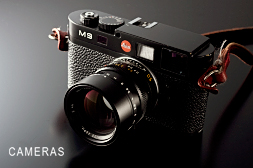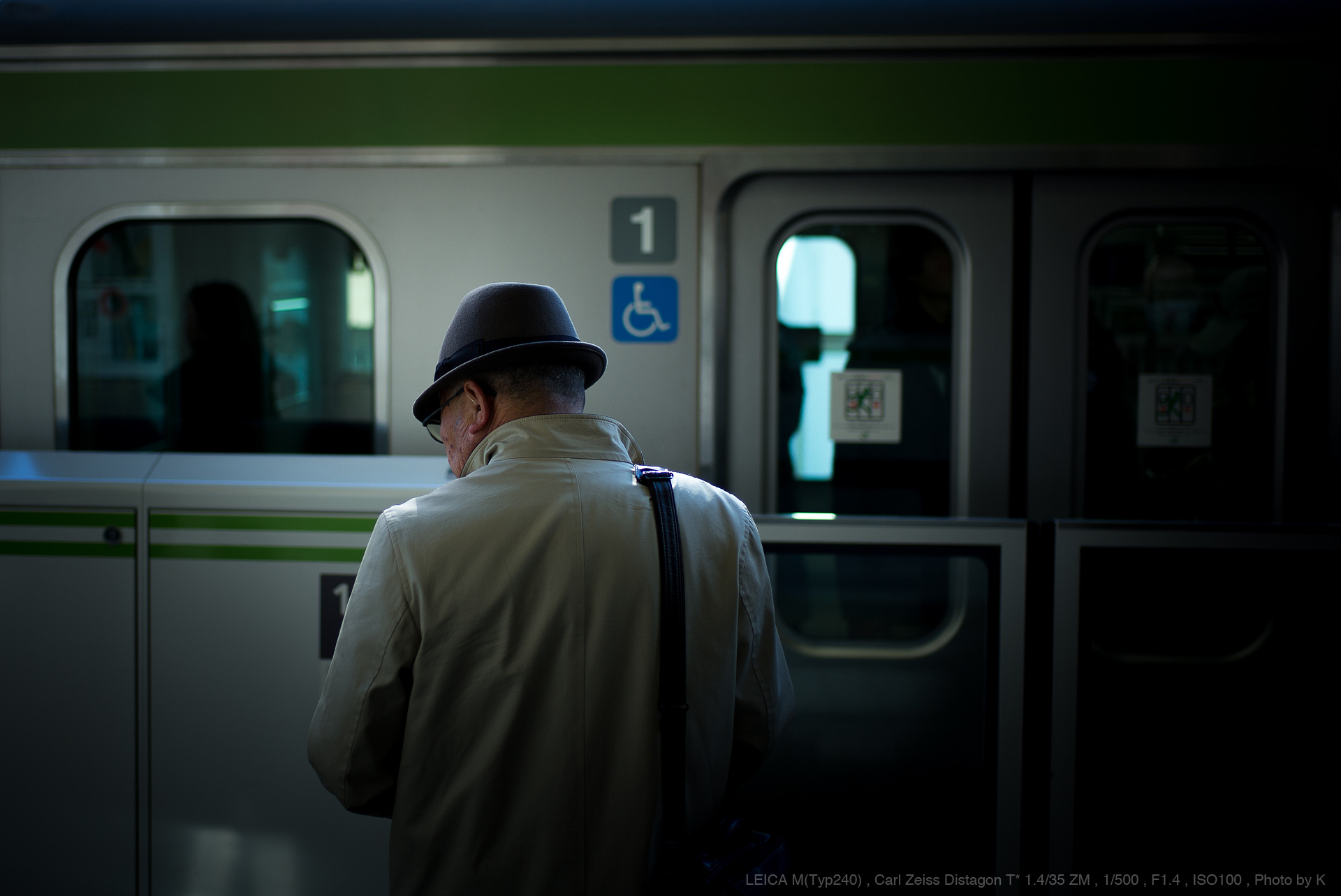
Carl Zeiss Distagon T* 1.4/35 ZM

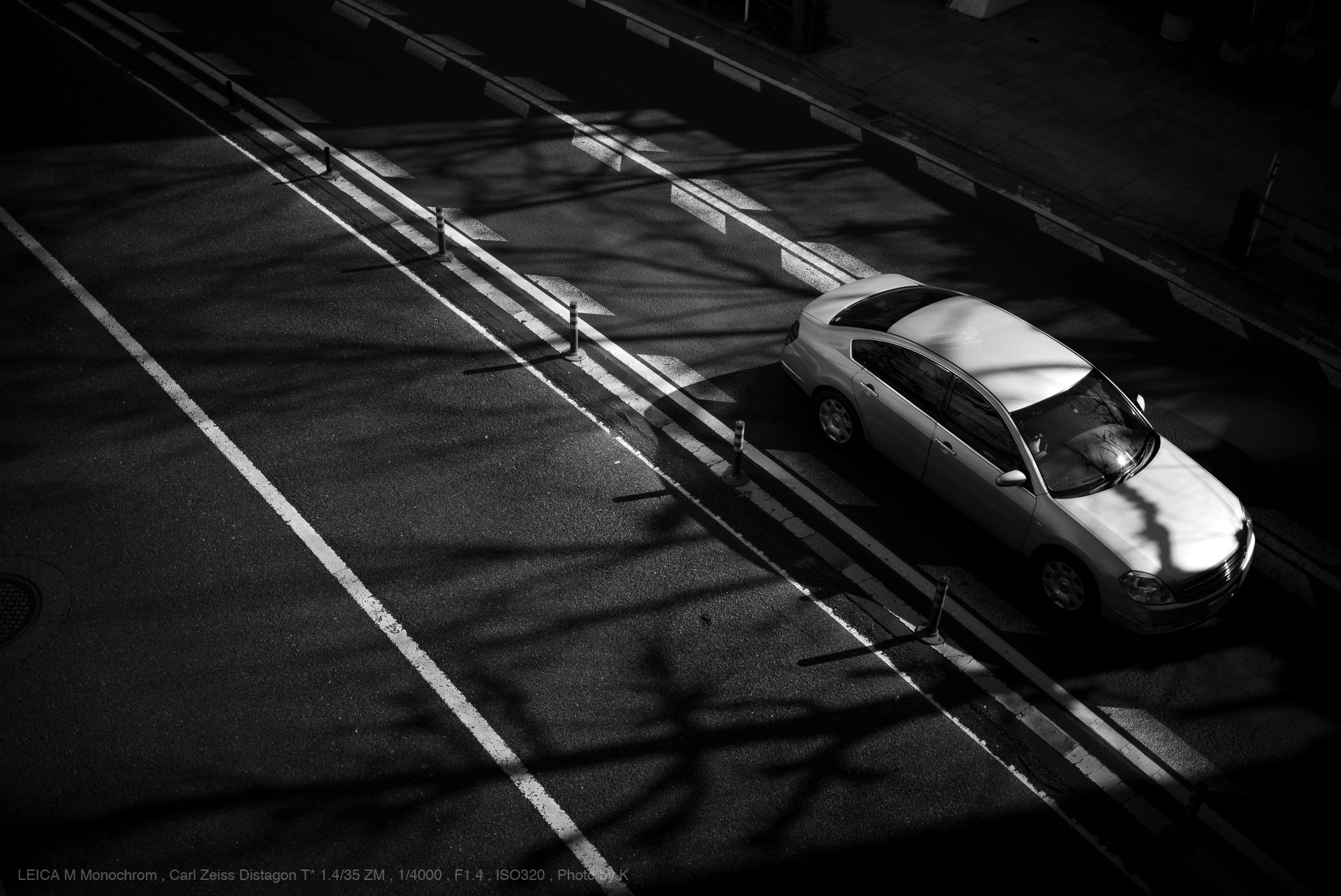

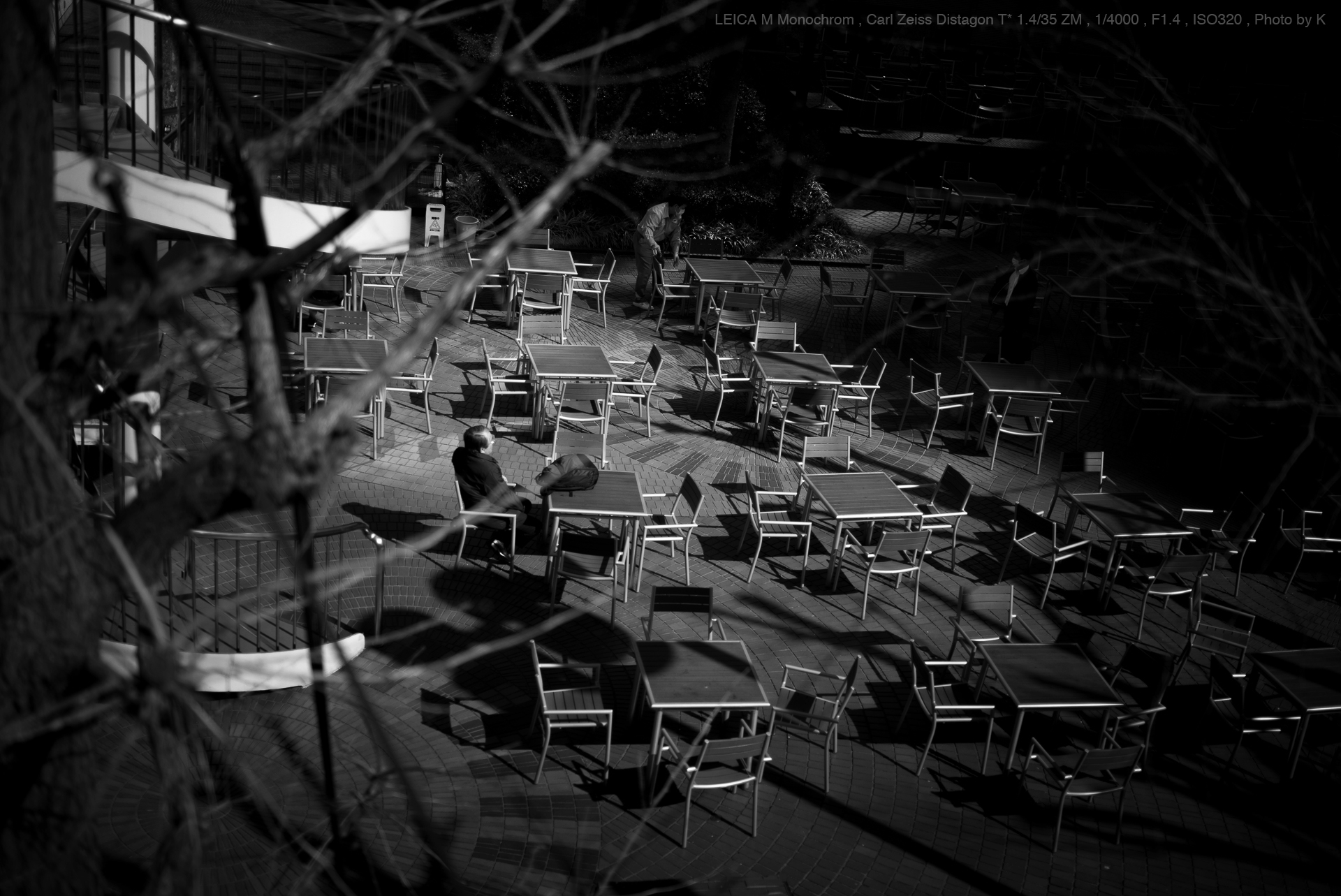
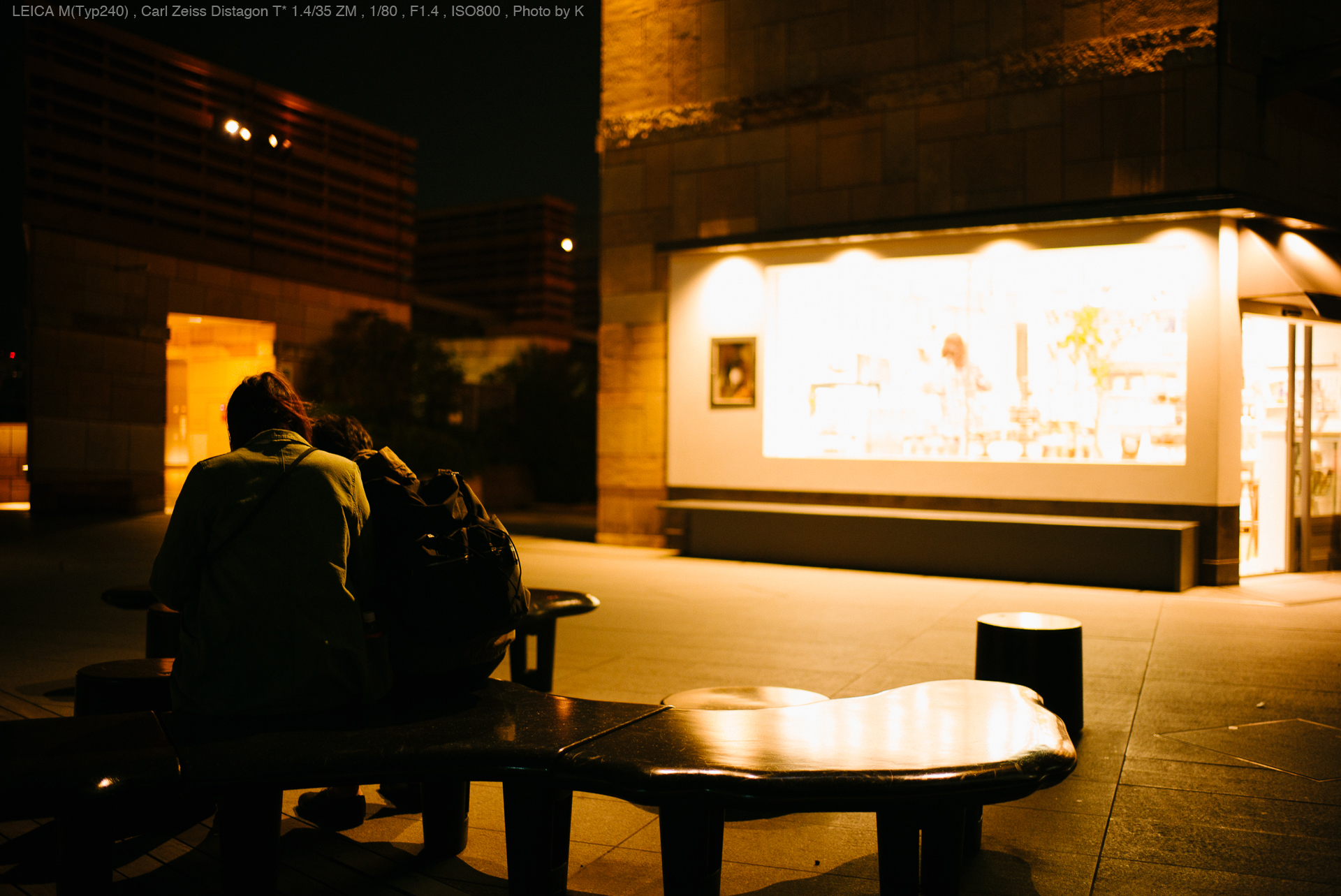
The long-awaited F1.4 reflects Zeiss philosophy
Although the Distagon T* 1.4/35 ZM may feel like the F1.4 version of the Biogon T* 2/35 ZM, it has a completely new optical design with a negative front element and it's similar to the LEICA SUMMILUX-M 1:1.4/35mm ASPH. (II). My first impression on this lens is excellent in all round. It's delicate and sharp wide open to the corners. And, the bokeh is quite smooth. In addition, just like the Biogon T* 2/35 ZM, the distortion aberration is almost non-existent. And, just like all ZM lenses, it's a great all-rounder even though it lacks of unusualness or strong character. While the ZM series was released before they released the cameras like the Leica M or the M Monochrom with high-density sensors, this lens is the latest addition. Of course, I tested on the two bodies and I was mesmerized by the rich tonal gradation.
(First image) The diffused light has very realistic and rich gradation. (Second image) I shot with the M Monochrom, which relentlessly requires the best possible optical performance, and I notice no aberration. Plus, the tonal gradation of the car looks sexy and there's no ambiguity in the edge line. (Third image) The light reflected on the building is diffused, and the lens captured it extremely faithfully and again, the distortion is so low. (Fourth image) The light isn't intense and it was cold like winter. And, the lens did capture the air as it was. After testing this lens, I now want to retest all ZM lenses.
The Carl Zeiss brand has a history of surpassing the users' expectations. The famous white barrel C type lenses for Hasselbrad still bring stunning results even on the 25-megapixel digital back. Yes, Carl Zeiss always makes me realize the power of a lens. I think, on film Leicas or digital Leicas up to the M9, the Distagon T* 1.4/35 ZM is great. But, I don't think I can feel this rich and sexy tonal gradation on these bodies. And, I believe this is due to the advanced image processing rather than the number of pixels.
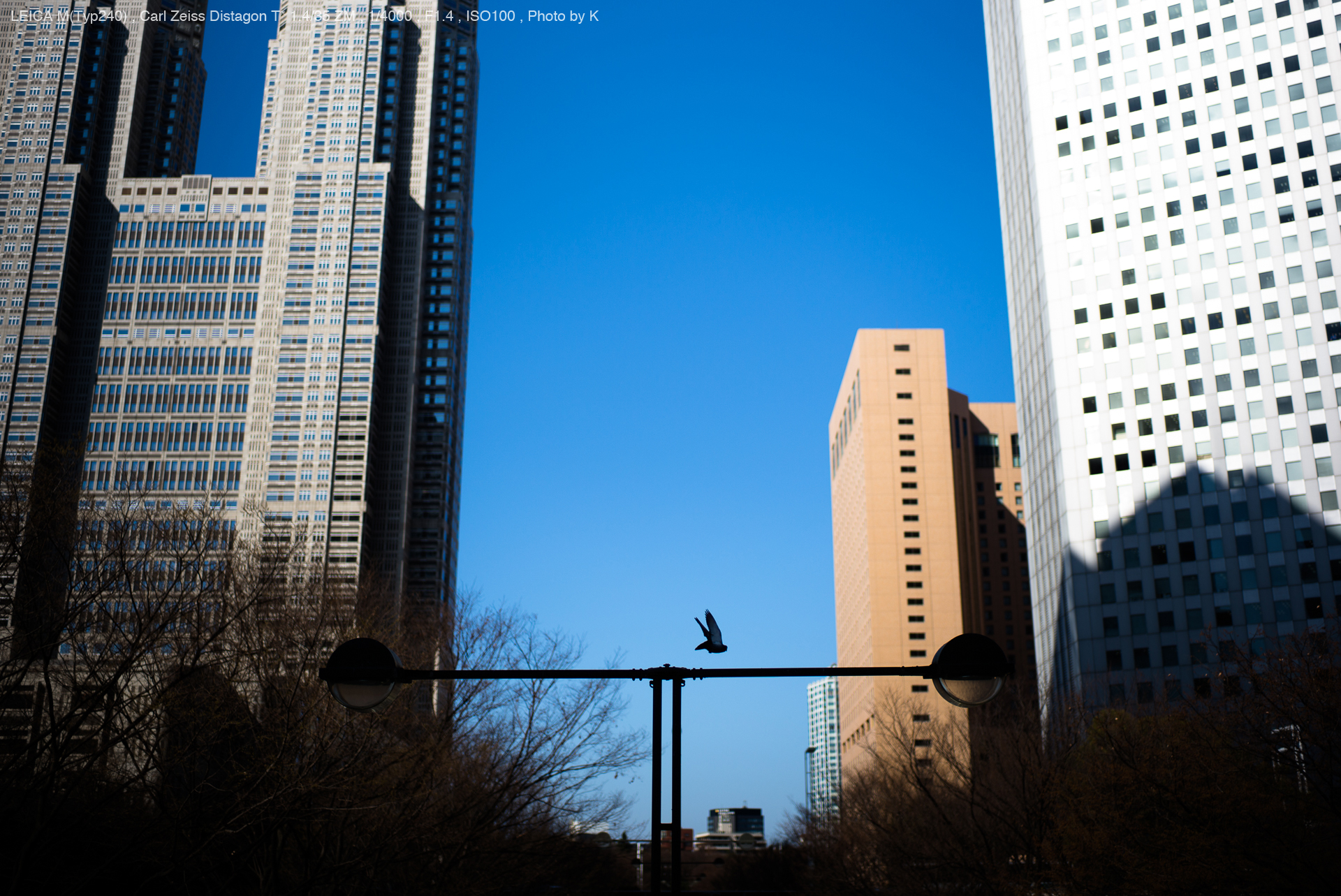
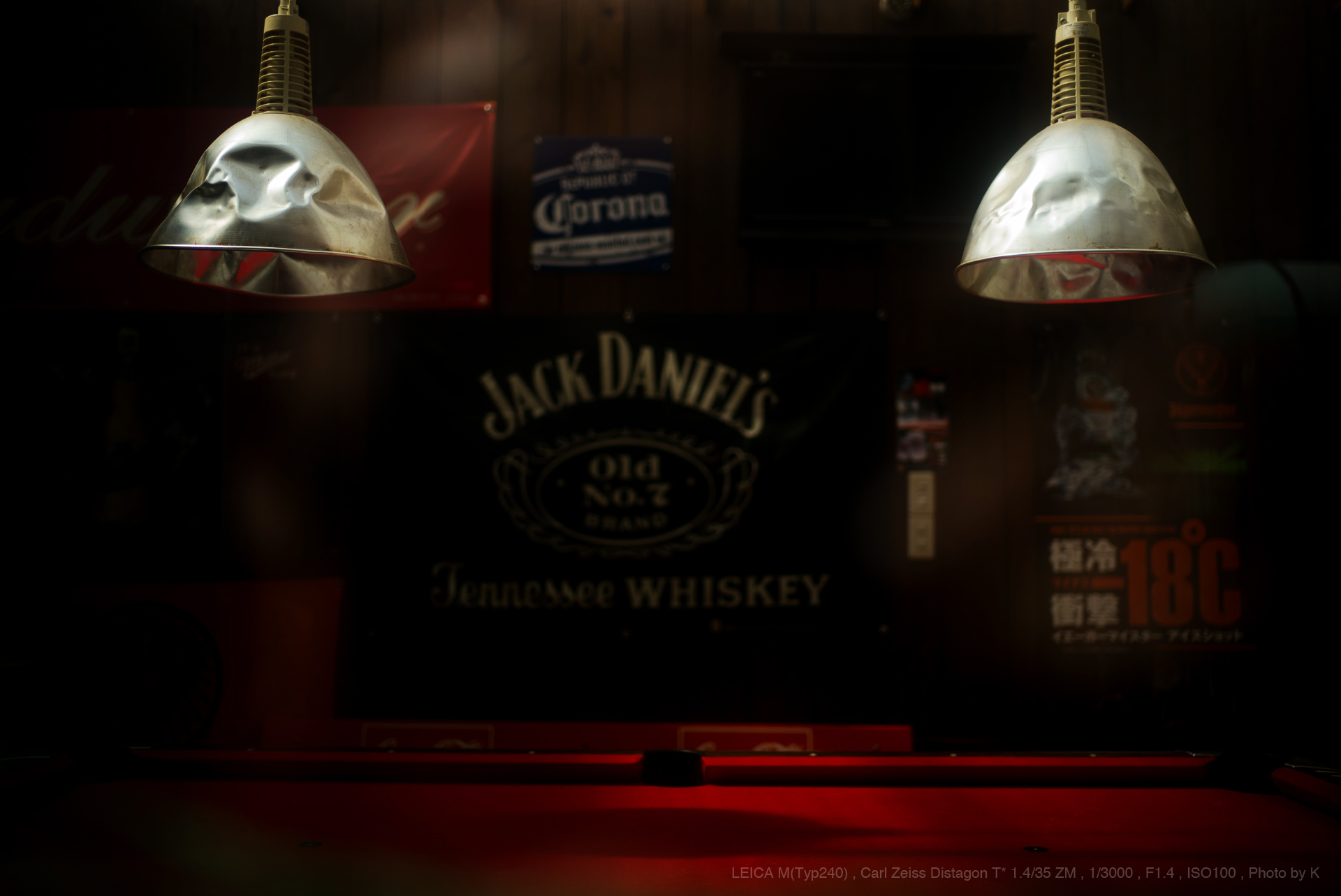
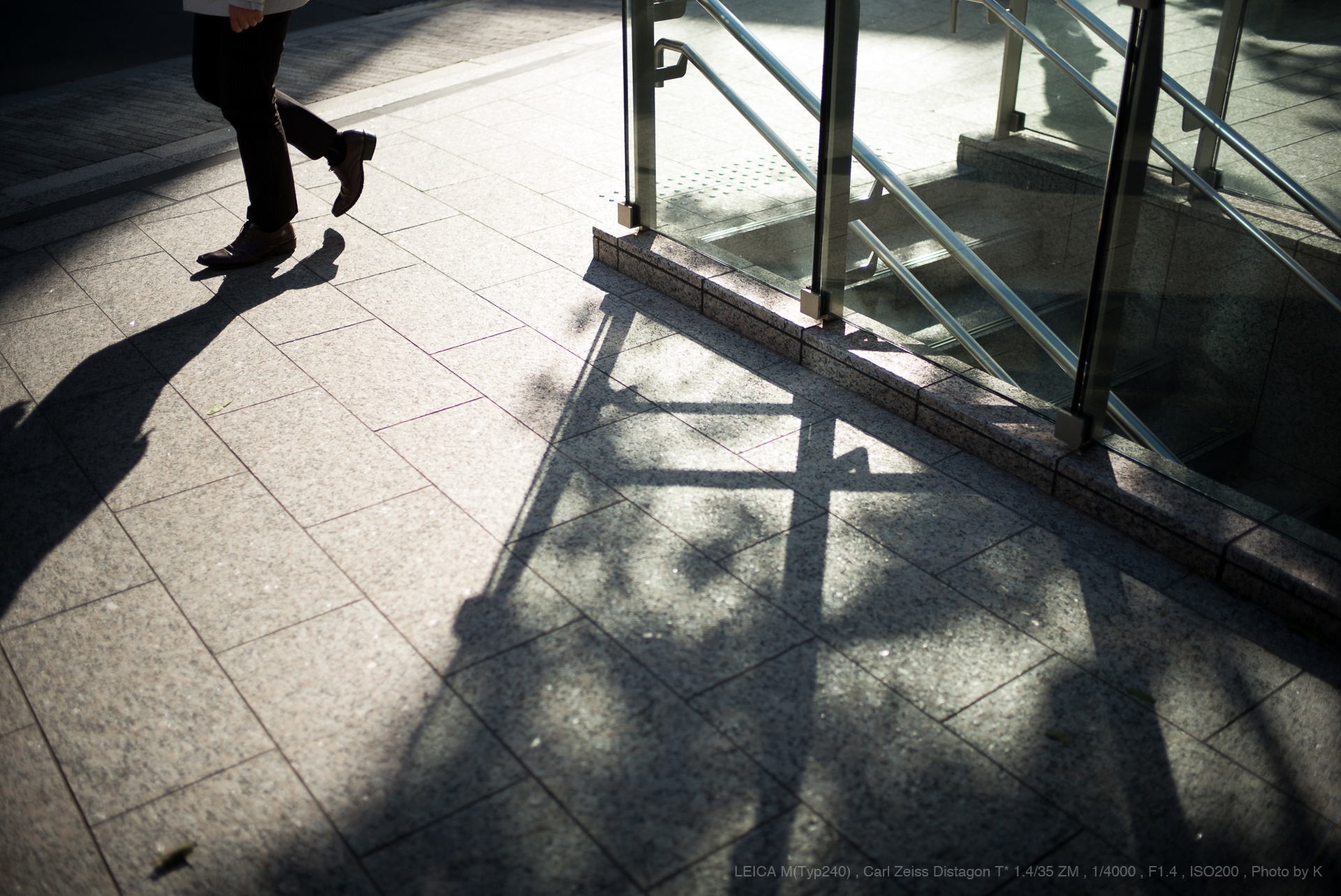
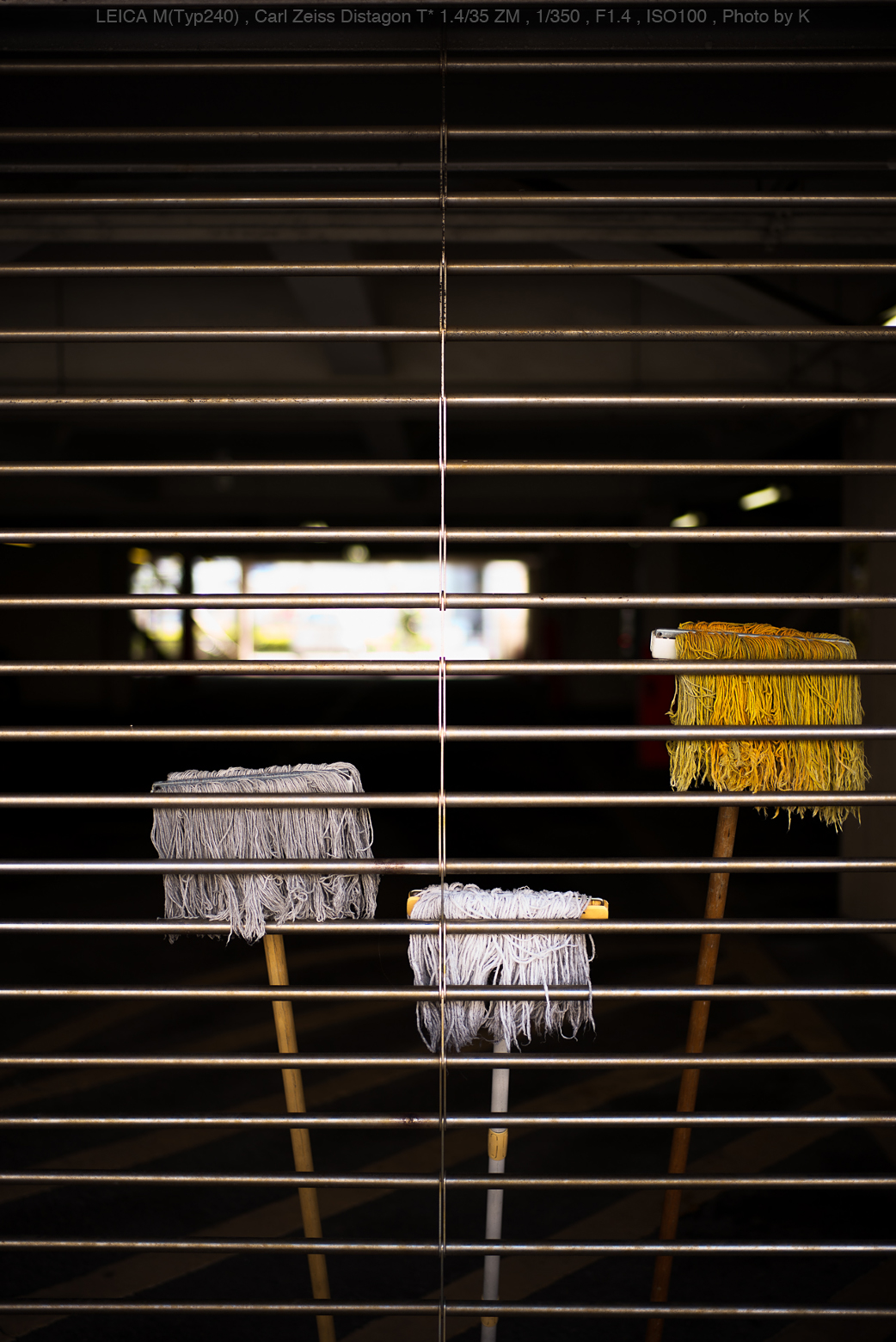
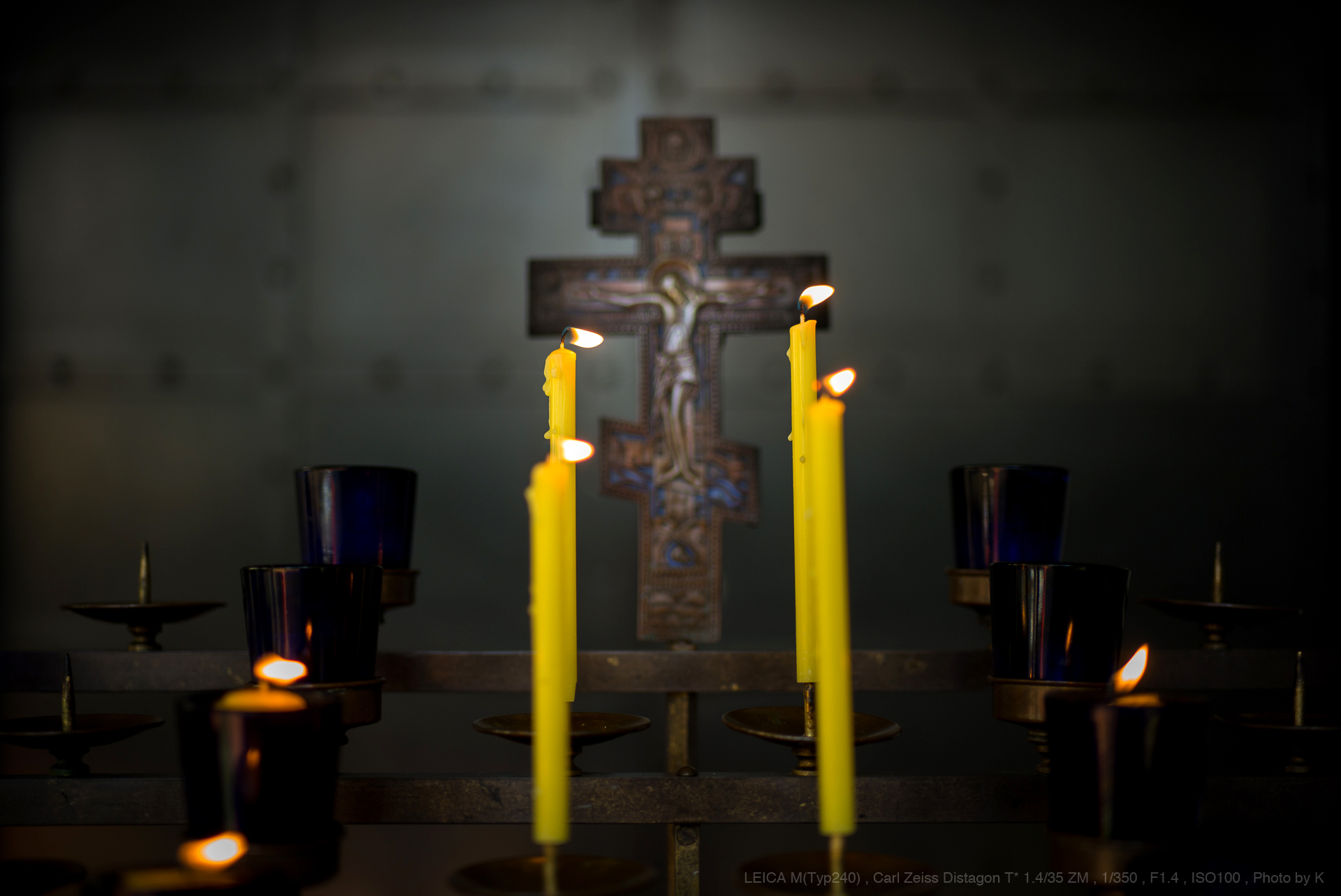
Reality over Fantasy
I figure many people want to know how the Distagon T* 1.4/35 ZM is different from the LEICA SUMMILUX-M 1:1.4/35 ASPH. (II). The SUMMILUX is about the amazing sharpness of the focal plane and the big bokeh of the background. But, it sometimes generates rough back bokeh, which is also one attractive character for interesting effects. The Carl Zeiss Distagon T* 1.4/35 ZM simply captures the reality. It's not unusual like the SUMMILUX, but the realistic drawing will enhance shooters' motivation. And, I think it's a wonderful and difficult thing to realize. So, I can't say which one is better than the other, but they show the difference of philosophy. If you want stable results in all situation, the Carl Zeiss Distagon T* 1.4/35 ZM is your best partner. I also checked the texture depiction (from the middle of this report) and it's excellent. I prefer smaller body, but I guess it needed to come in this size to realize the superior optical performance. Get it. You won't regret it and you will even want to try other ZM lenses.
( Photography / Text : K )
( 2015.03.27 )
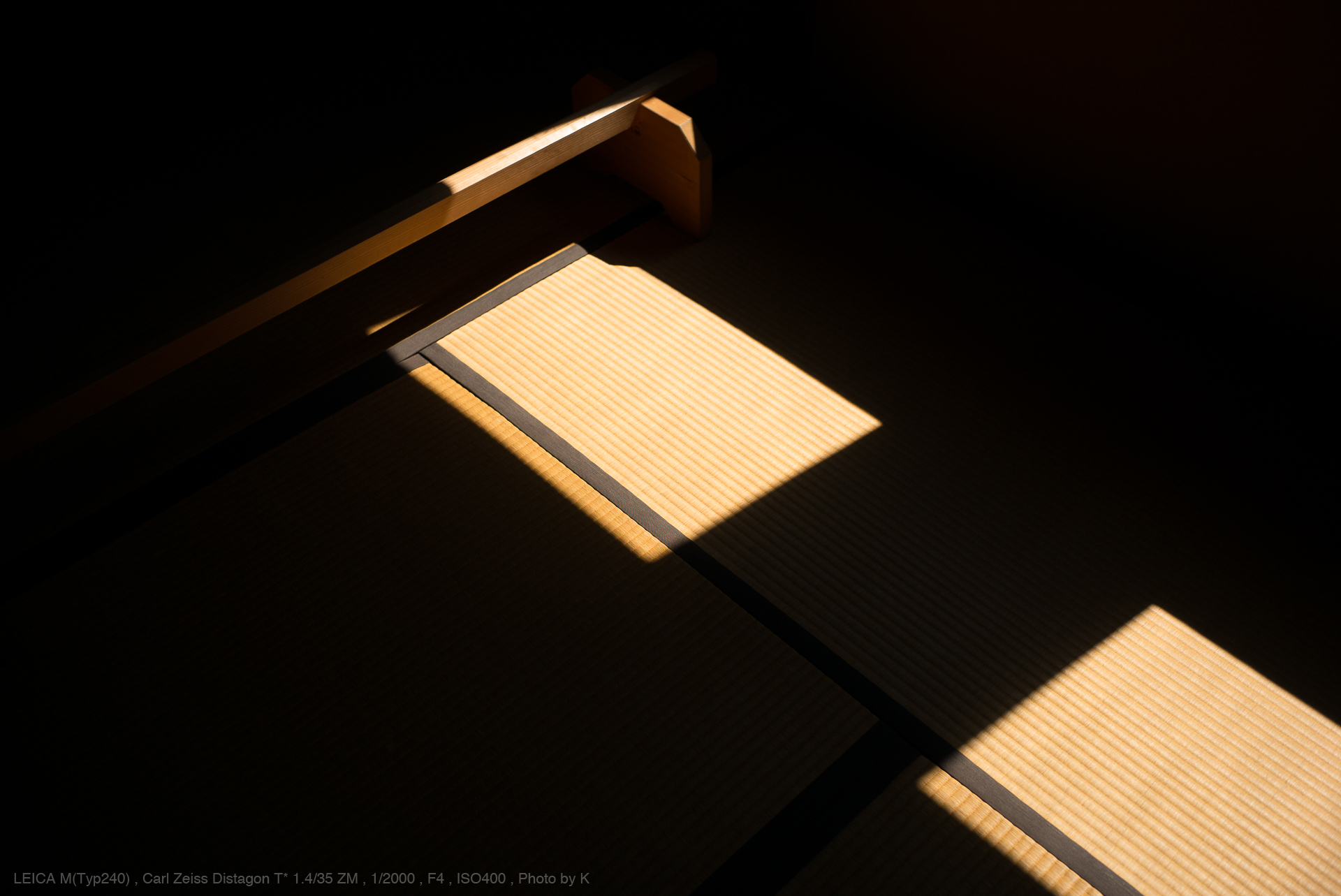
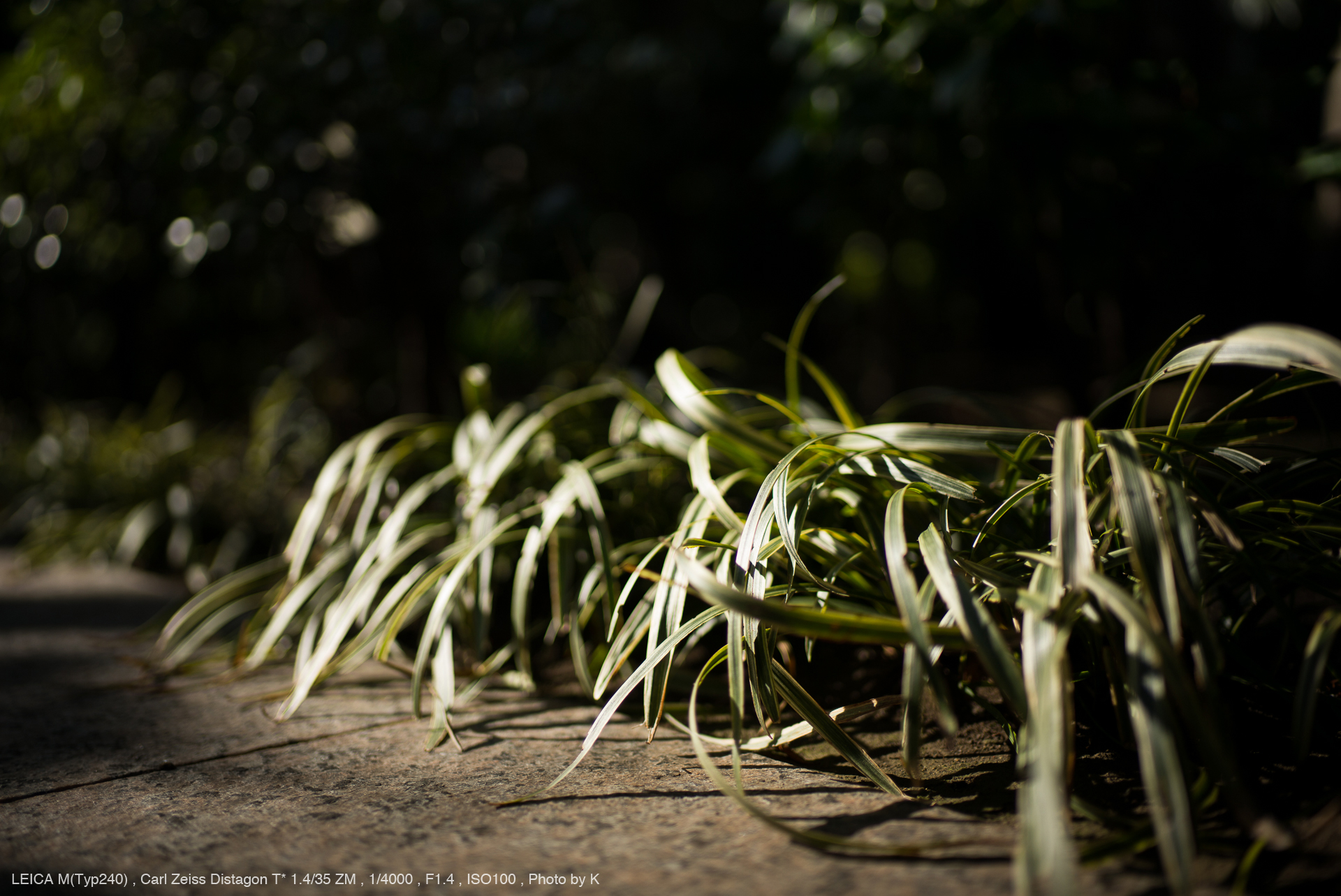
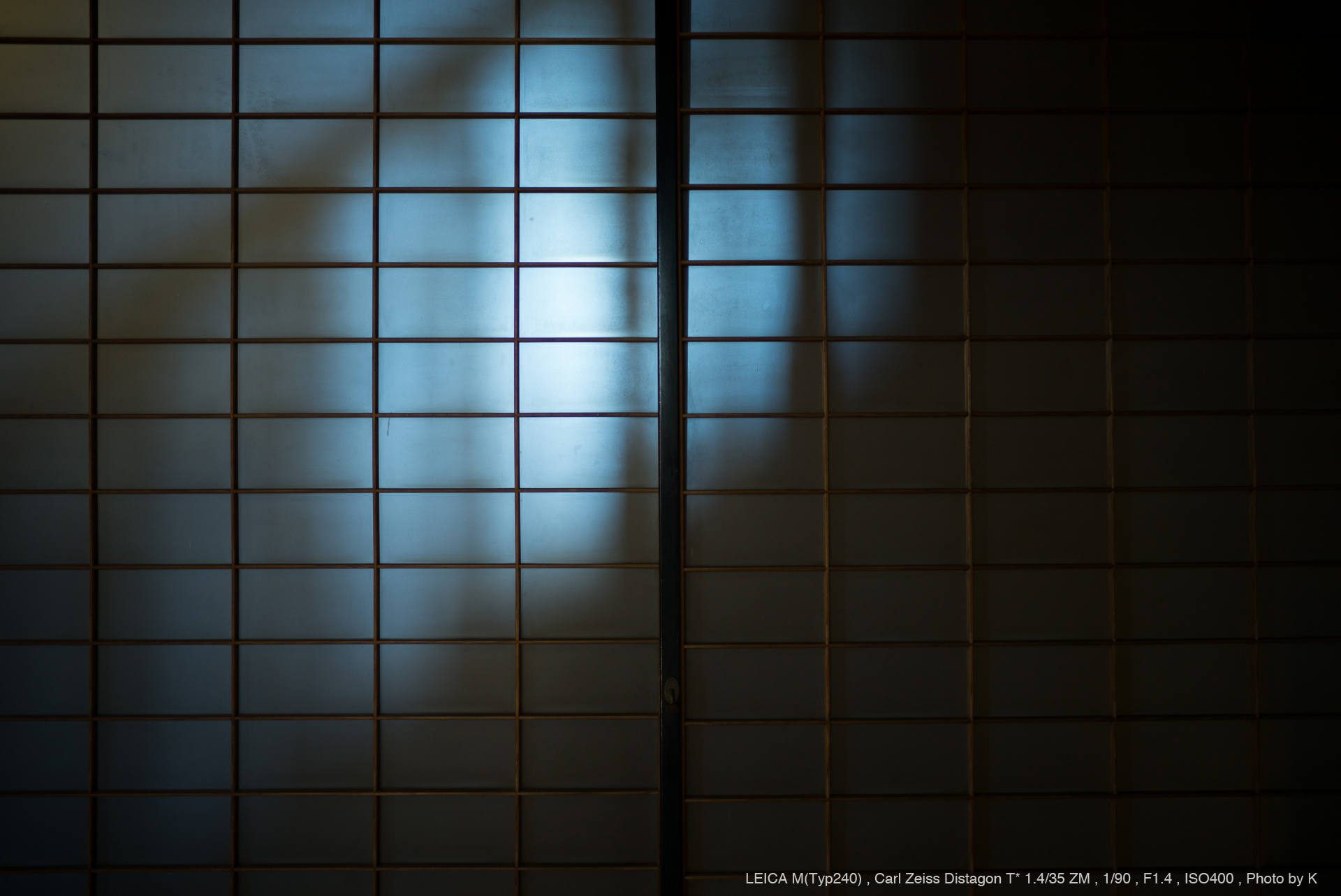
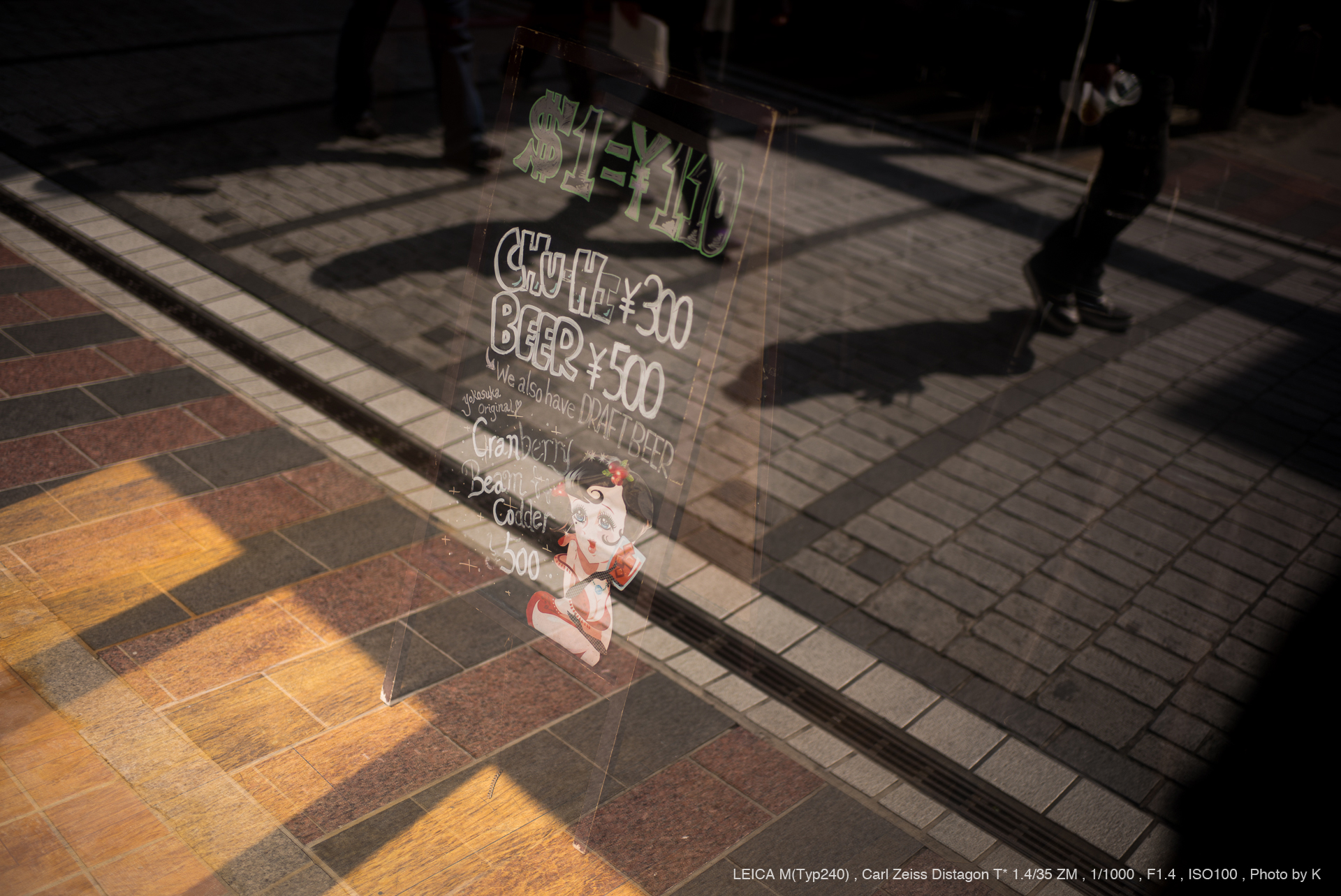
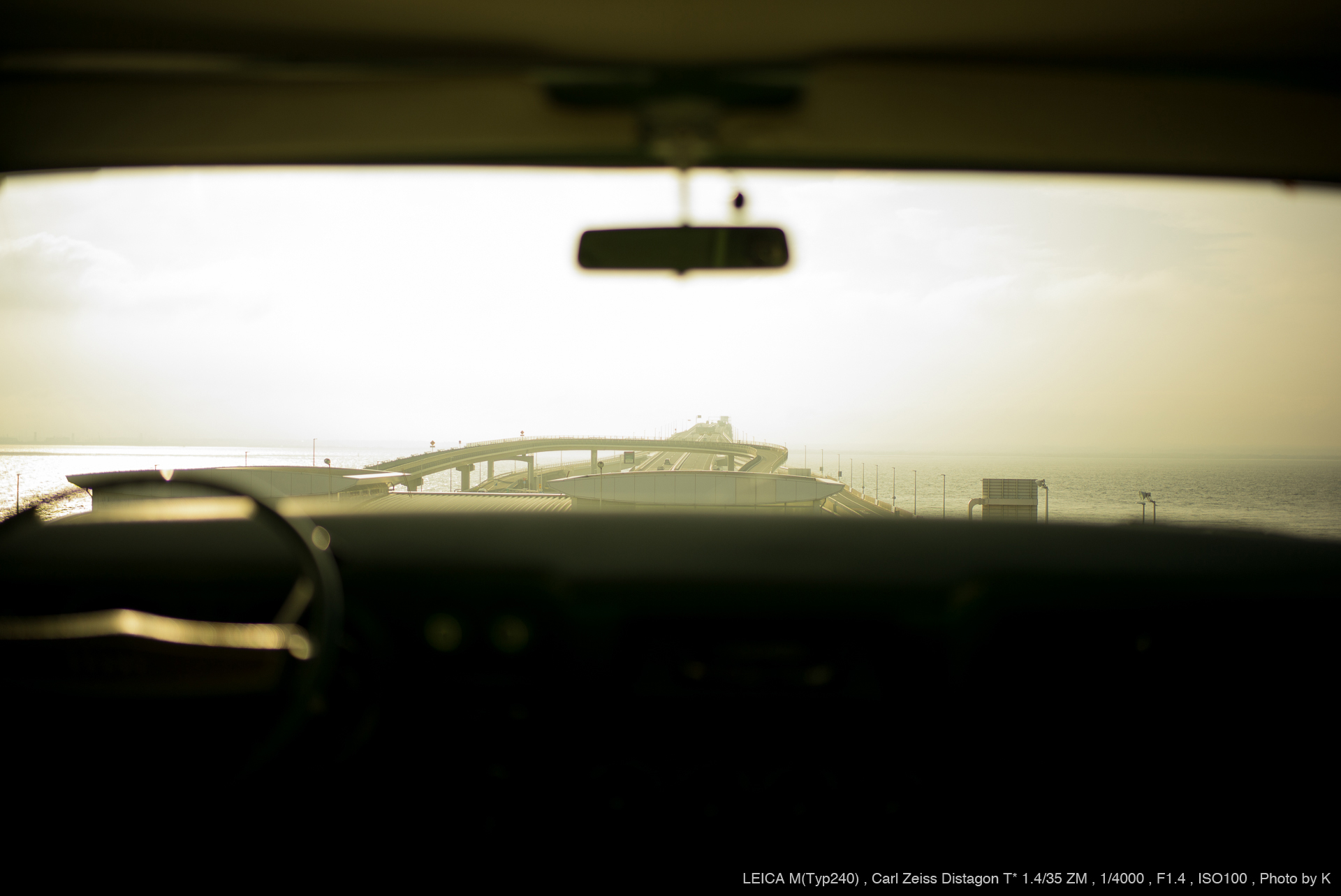
Carl Zeiss Distagon T* 1.4/35 ZM
